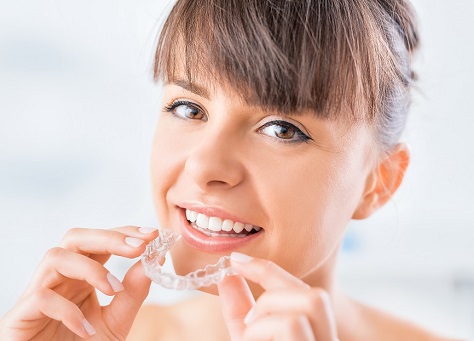Everyone understands what it’s like to go to the dentist’s office and wait, nervously, for the dentist to check their x-rays, examine their teeth and mouth and finally declare that everything “looks good”. Every opportunity one has to hear that their oral cavity is healthy and free from decay is much-appreciated. This pronouncement can also give one the impetus they need to continue pursuing excellent oral hygiene through regular brushing, flossing and dental visits.
It’s certainly true that a mouth that is free from decay is critical to one’s oral health as well as their overall health and well-being, and that time devoted to achieving and maintaining this goal is well spent. There is another aspect to good oral health that is less well-understood but no less important. While checking your teeth and mouth your dentist will also want to make sure that you have a healthy bite.
Functionality of Your Mouth
It may seem odd to consult with your dentist, or an orthodontist, about your bite when you feel you have no difficulty eating or speaking and you are content with your smile. However, it’s important to bear in mind that the functionality of your teeth and mouth is a critical component in determining whether your mouth is completely healthy. It therefore follows that determining the presence or absence of a healthy bite is far more than simply confirming whether one can eat and speak or is happy with their smile.
In order to determine whether you have a healthy bite or what must be done to improve your bite, your dentist or orthodontist will consider several views of your bite, including:
- The view from the front. In a healthy bite your top front teeth should be parallel with the top of your lower lip. There are some cases when top teeth are too long and the individual shows off too much gum tissue when they smile. In other cases, the top teeth are too short and the individual doesn’t show enough teeth when they smile, making them appear toothless. With a healthy bite, teeth that are closed together should reveal roughly two thirds of the length of the bottom teeth. Sometimes the top incisors cover too much of the lower teeth, creating a deep bite. Other times the top teeth do not overlap the lower ones much or at all. Your upper arch, or palate, should be a shade wider than your lower arch. Where the upper arch is too wide or too narrow, it creates a cross-bite, which can affect the proper functioning of the teeth. The midline of the teeth, which is the line between the central incisors, should line up bottom row to top row and top row to the middle of the upper lip.
- The view of the bottom set of teeth. Each of the bottom teeth should align perfectly with one another in a gentle, flowing curve, barely touching each other without leaving gaps or overlapping.
- The view from the side. Unfortunately, this view is difficult for individuals to see on their own. However, what your dentist or orthodontist is looking for is not unlike the view presented by a matching set of gears. The pointed ends of your top teeth should fit perfectly between the two teeth directly below each of them. This makes the backs of the upper front teeth rest gently against the fronts of the lower front teeth. An overbite occurs when the upper teeth stick out too far in front of the lower ones and there is no contact at all. Upper teeth should also never bite directly on the edges of the lower teeth, or behind them.
The Importance of Establishing a Healthy Bite
Where your bite is determined to be less than ideal and healthy, your teeth are not working together smoothly and this can lead to problems and issues. One such problem is undue pressure placed on your teeth, which could potentially lead to cracking or other problems. Therefore, if your dentist determines that there are problems with your bite, he will recommend you receive the appropriate orthodontic treatment to correct it.
For more information about how to determine and establish a healthy bite, contact us now.





